Financial Statement Analysis Report - Finance Module, Semester 1
VerifiedAdded on 2020/05/16
|7
|505
|89
Report
AI Summary
This report presents a financial statement analysis focusing on General Mills, Inc. and Kimberly-Clark Corporation. The analysis includes detailed calculations of book value per share, value-to-price ratio, and free cash flow (FCF) using two distinct methods. The report outlines the steps involved in determining enterprise value (EV) and the impact of growth rates on continuing value (CV). The methodology involves calculating discounted cash flows and incorporating operating assets, liabilities, financial assets, and financial obligations. The report also references academic sources to support the analysis, providing a comprehensive understanding of financial statement analysis techniques and their application to real-world companies. The analysis covers key financial metrics, valuation methods, and their practical application.
1 out of 7
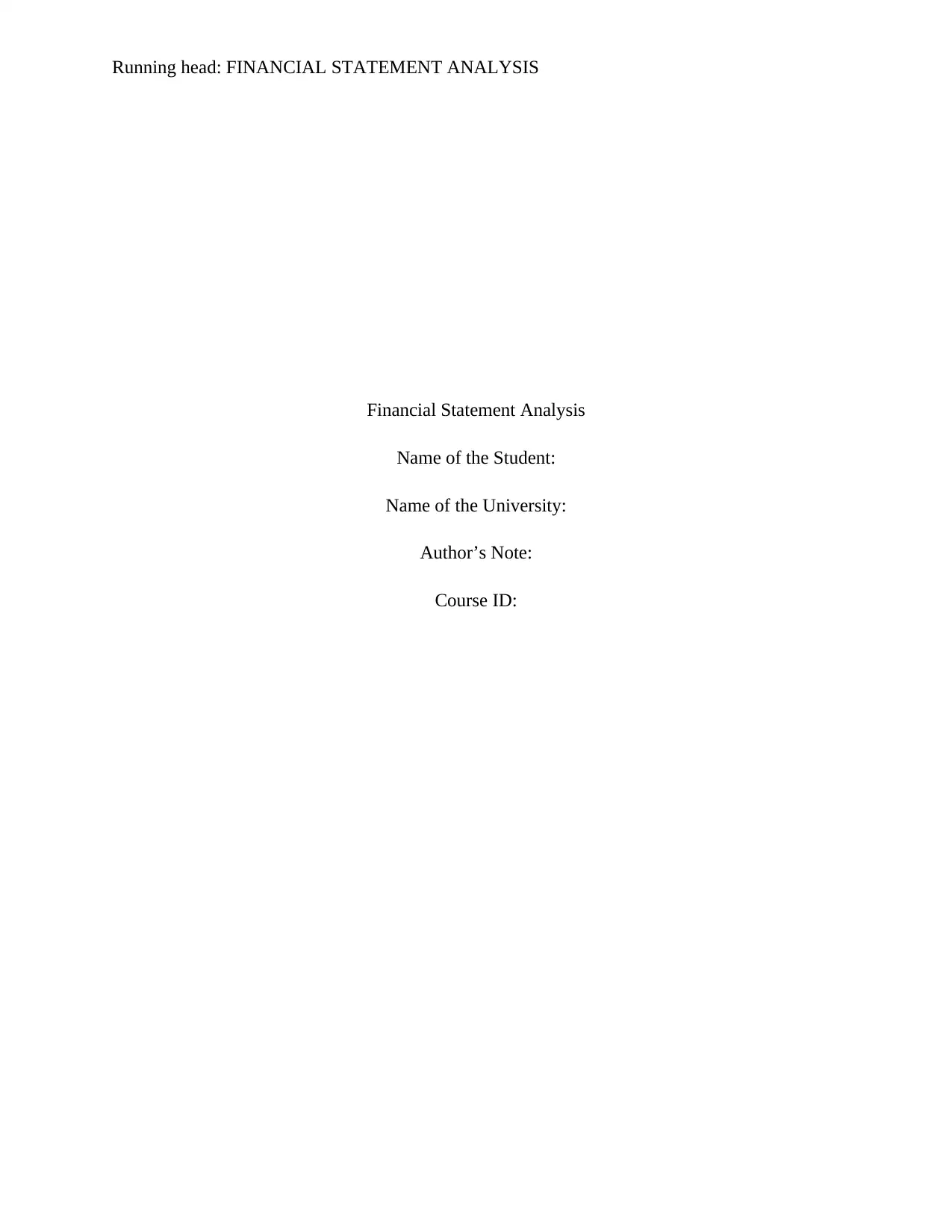
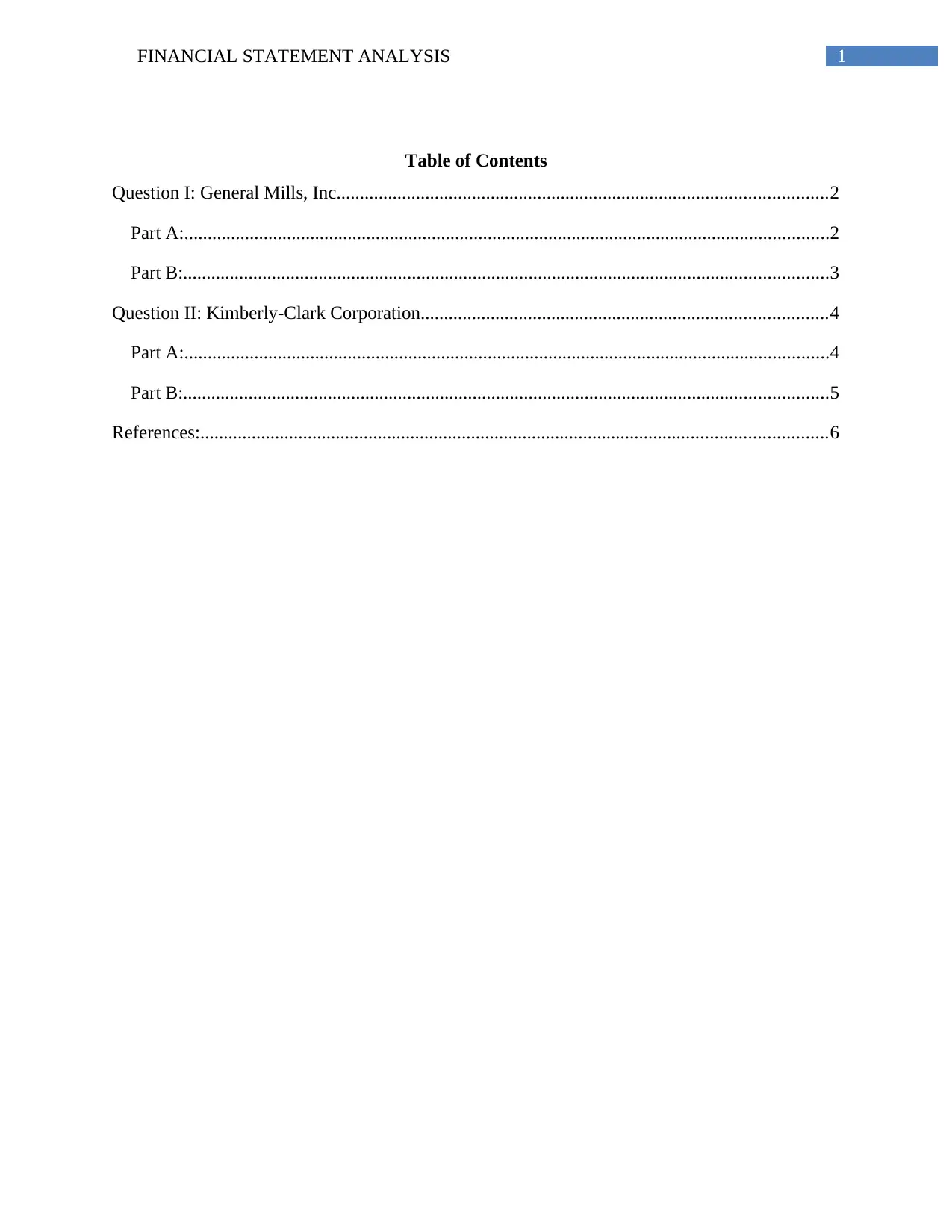
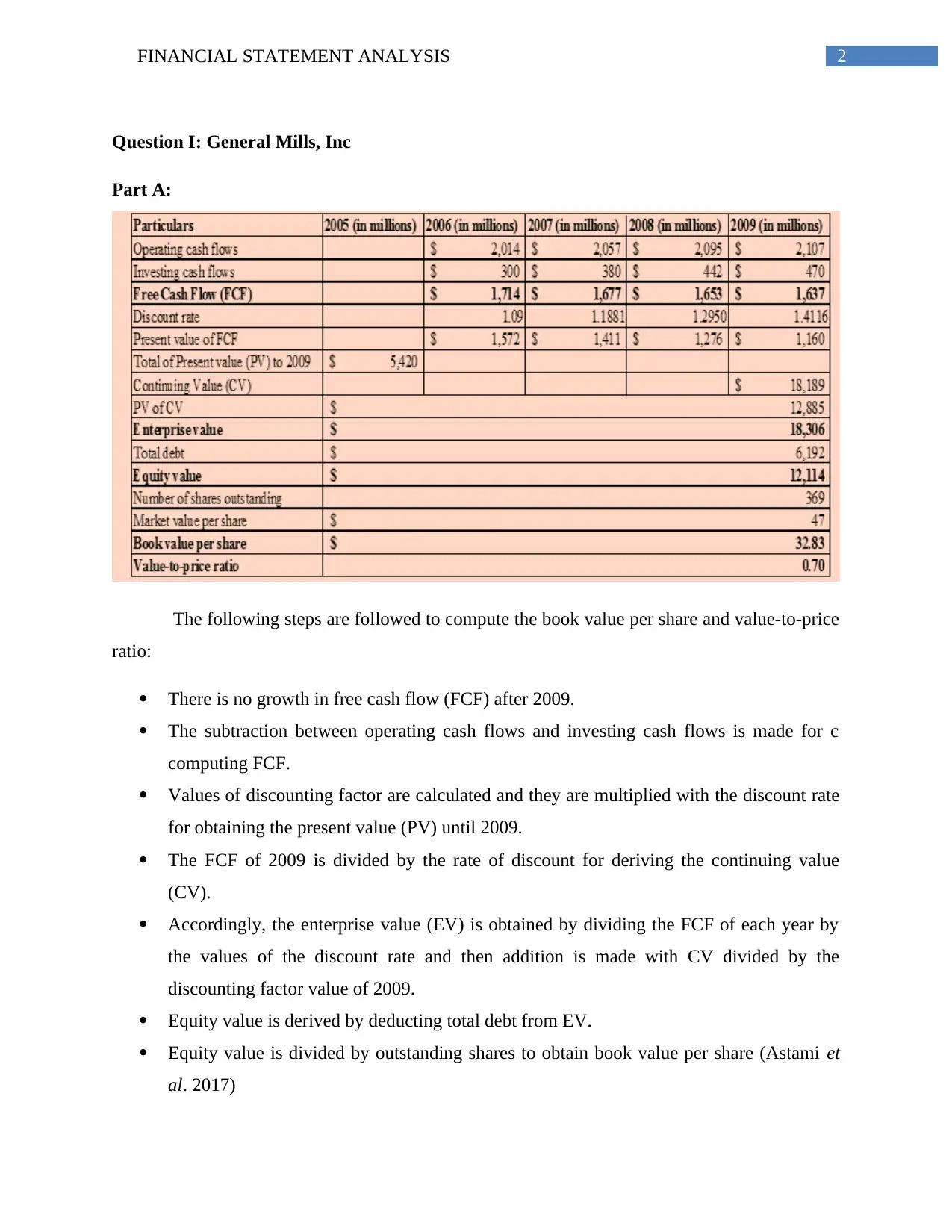

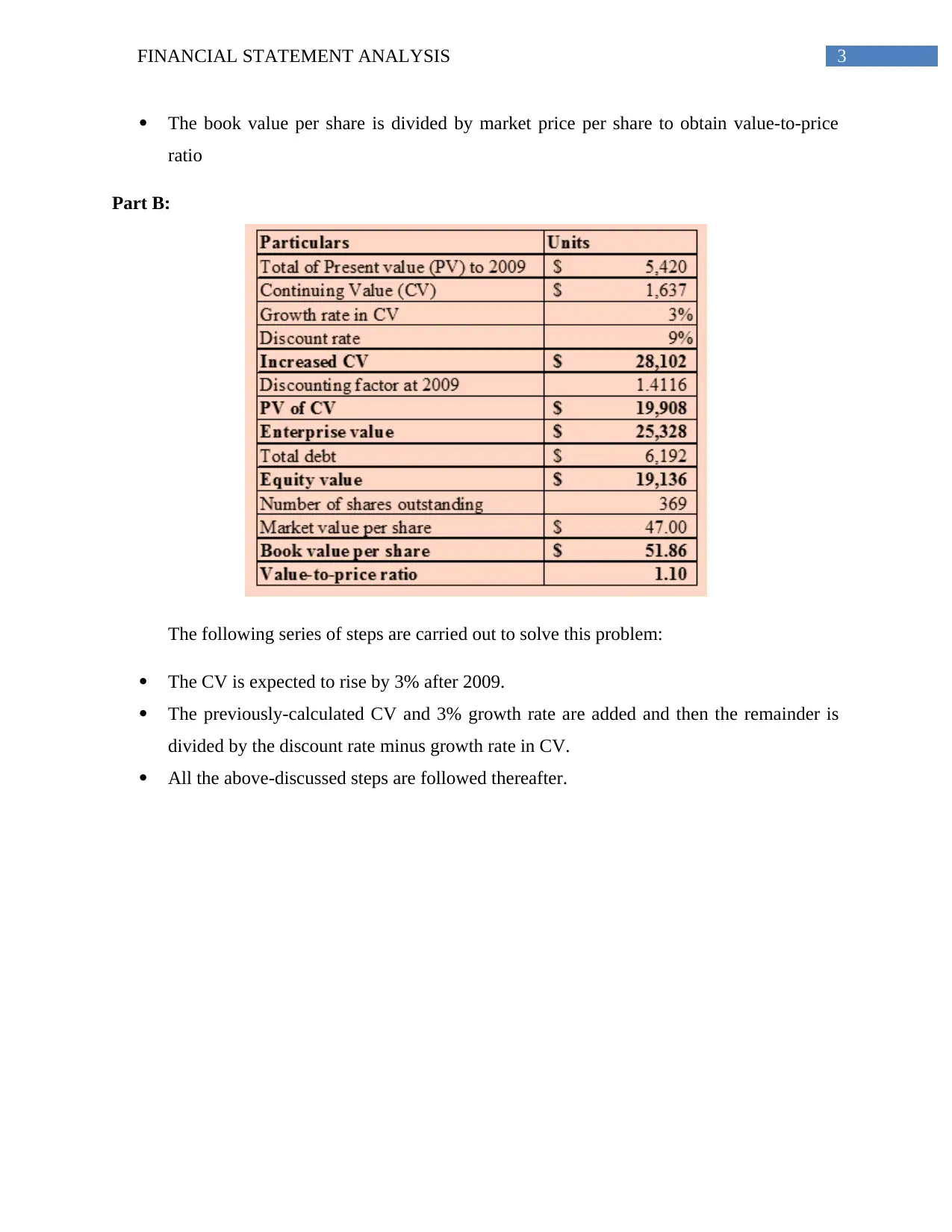
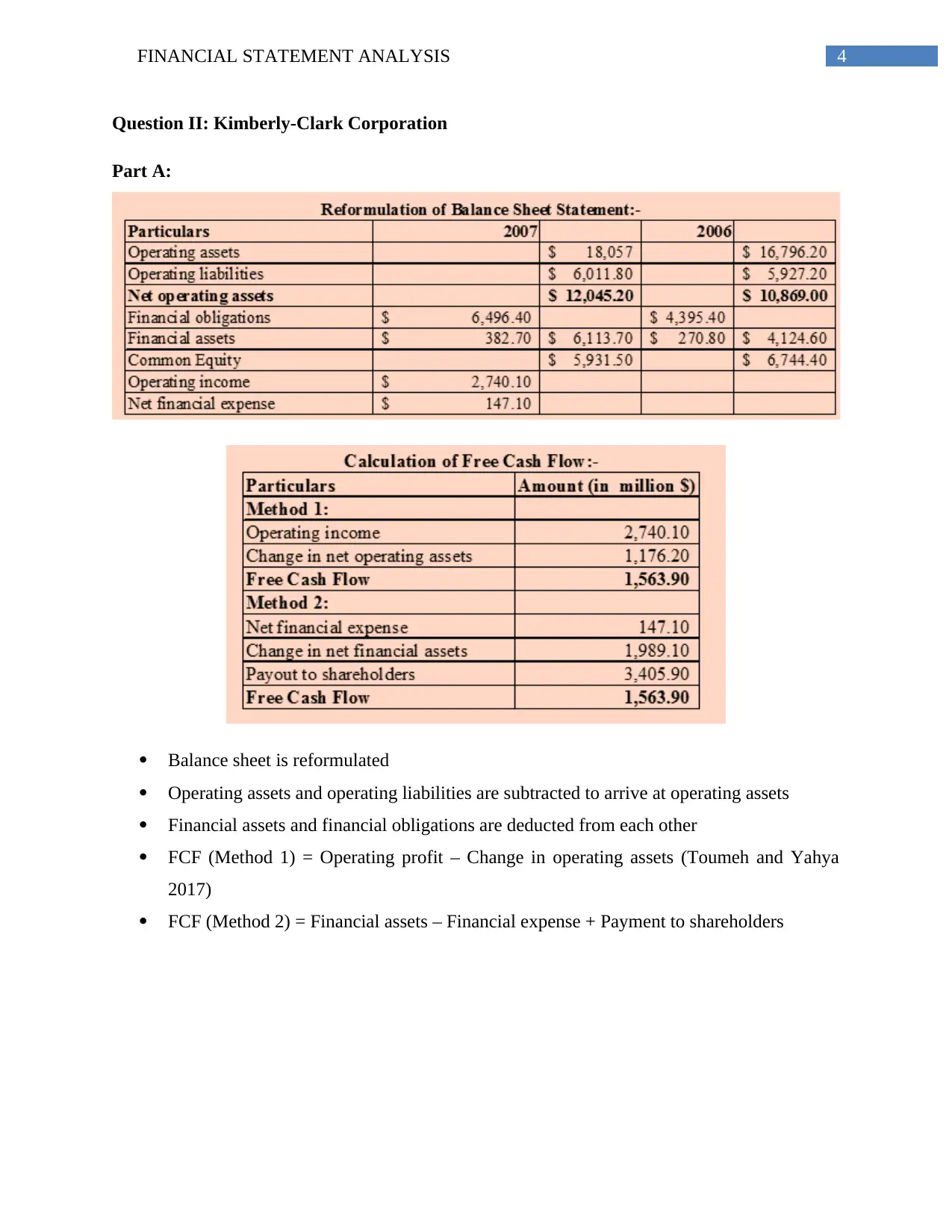
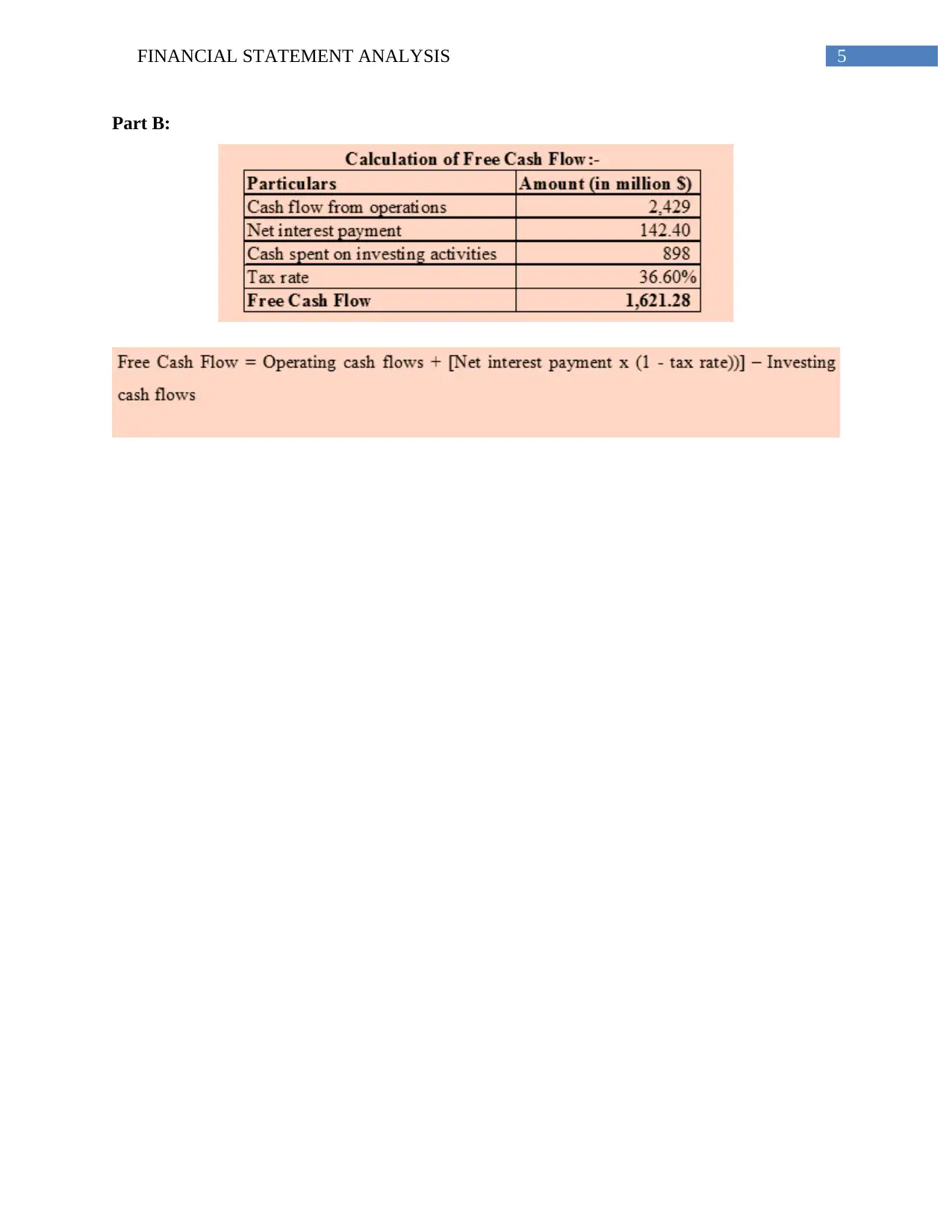
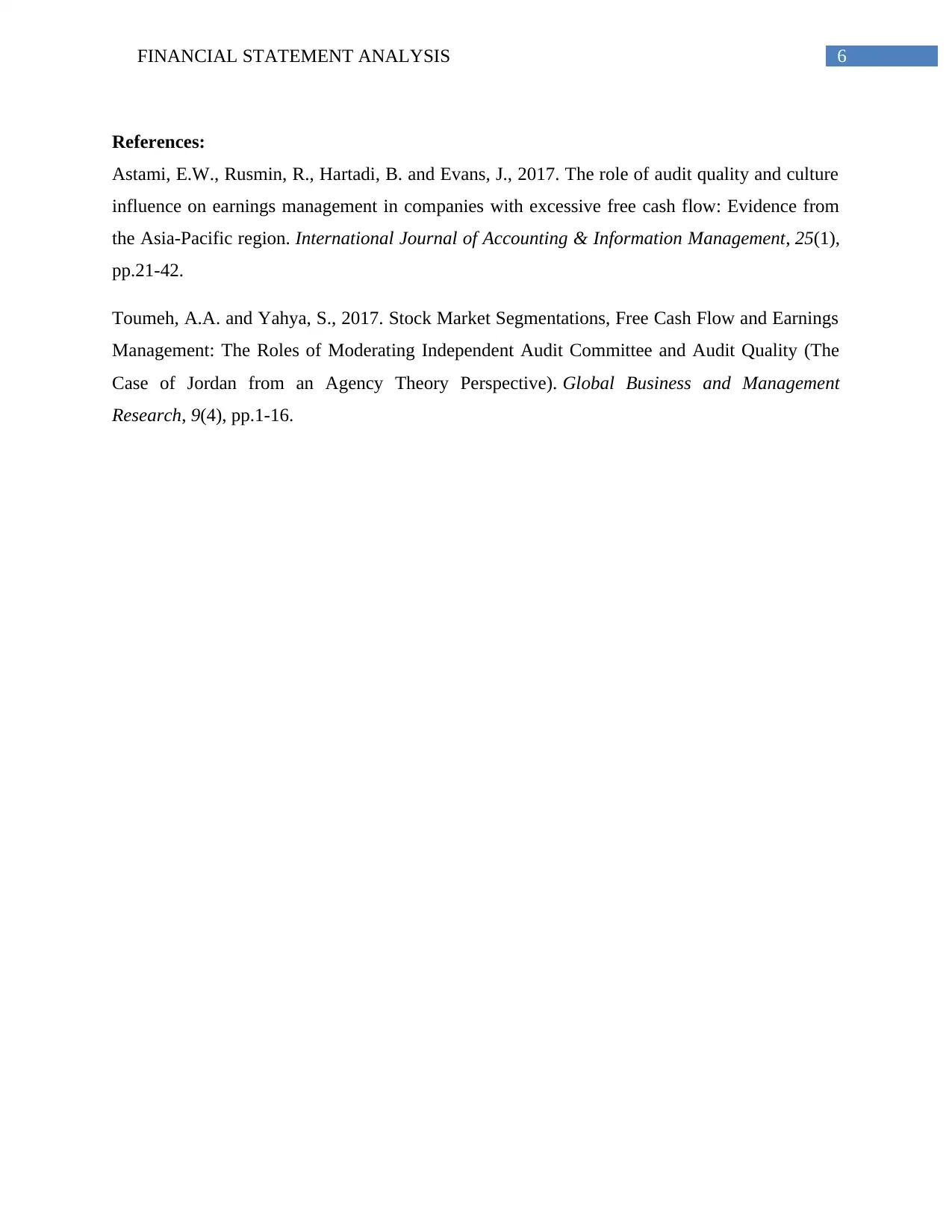






![[object Object]](/_next/static/media/star-bottom.7253800d.svg)